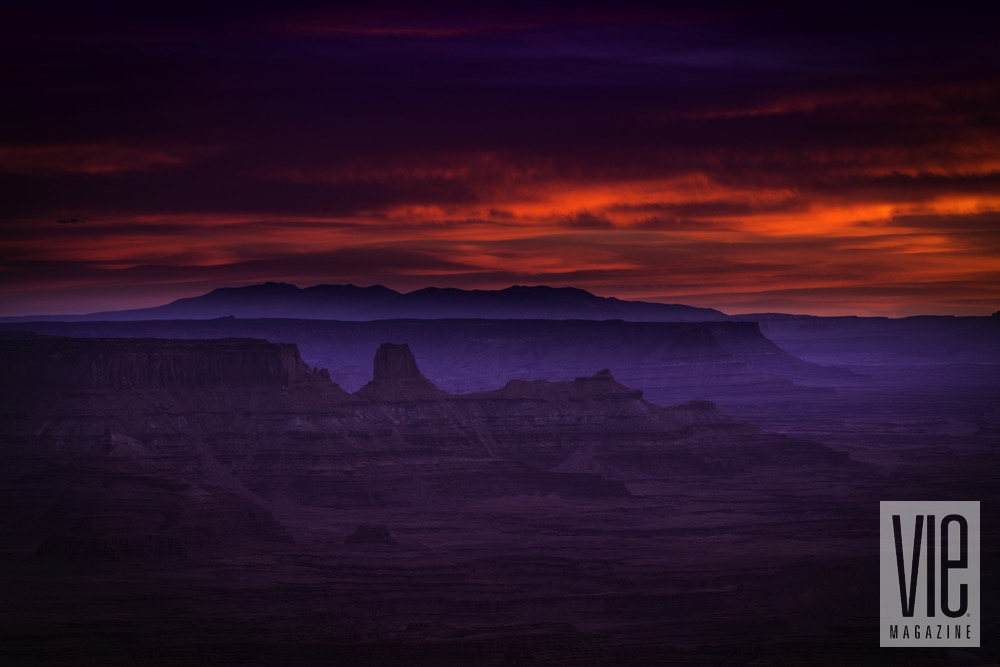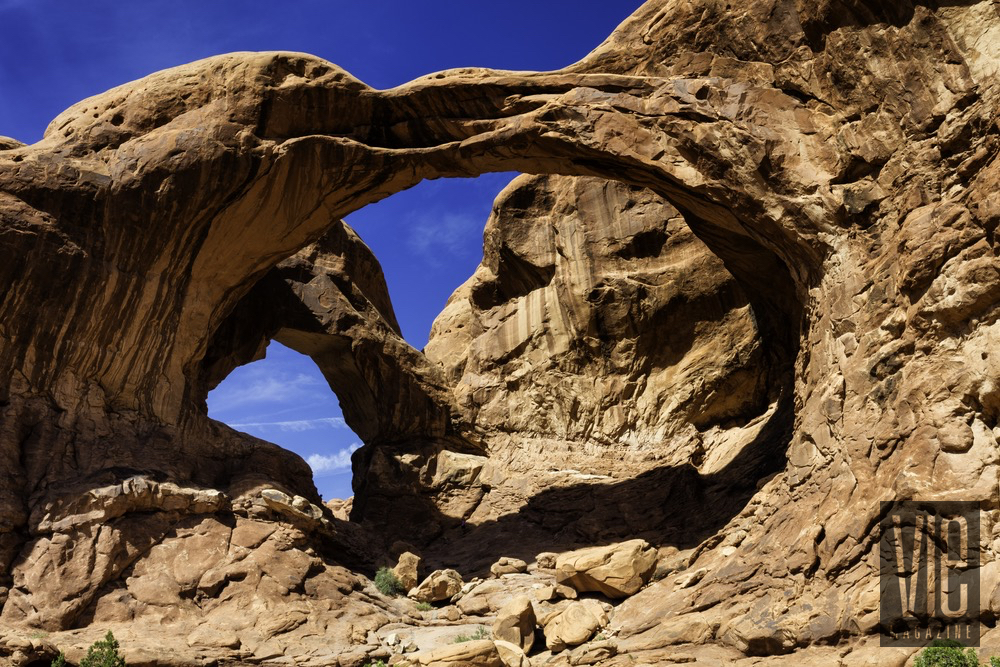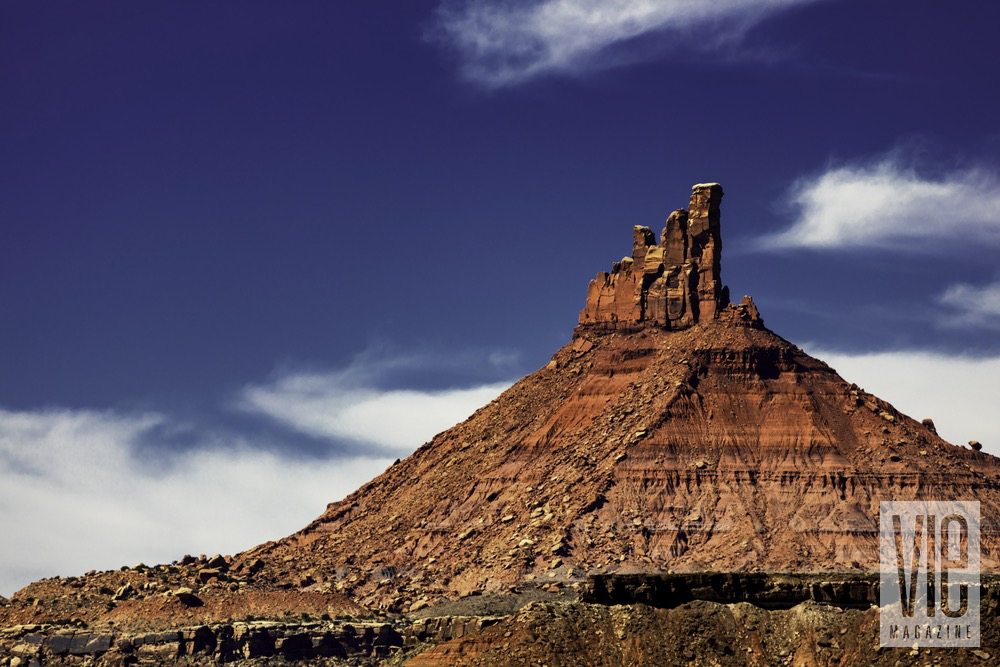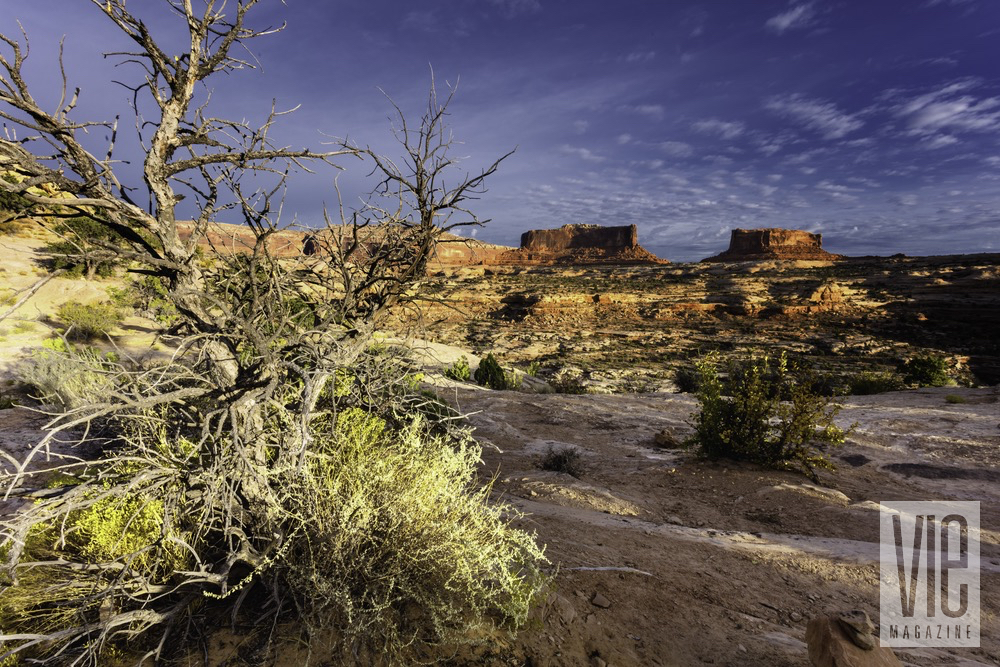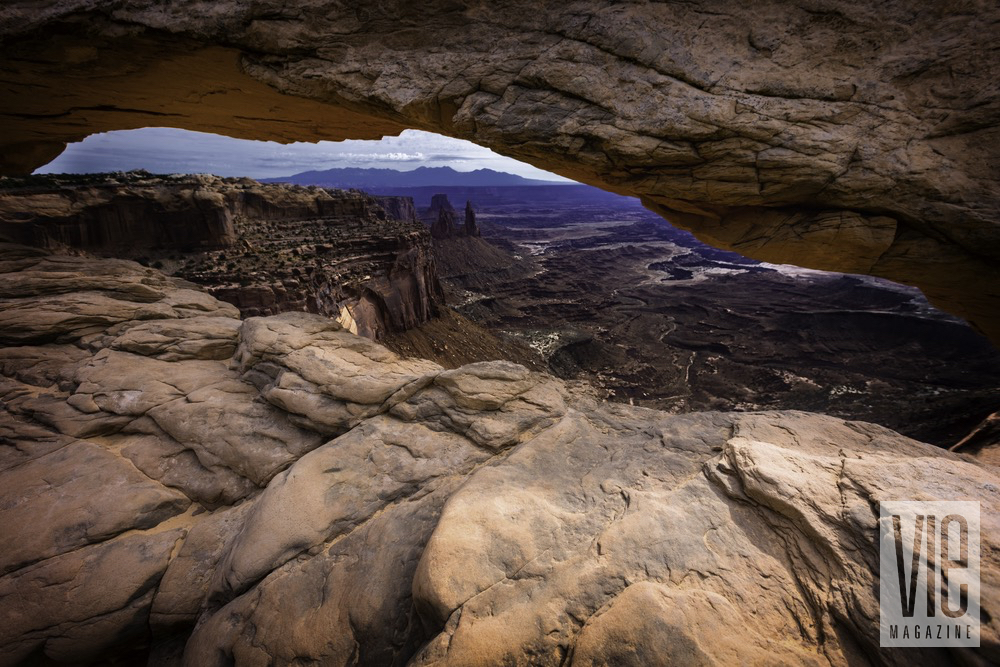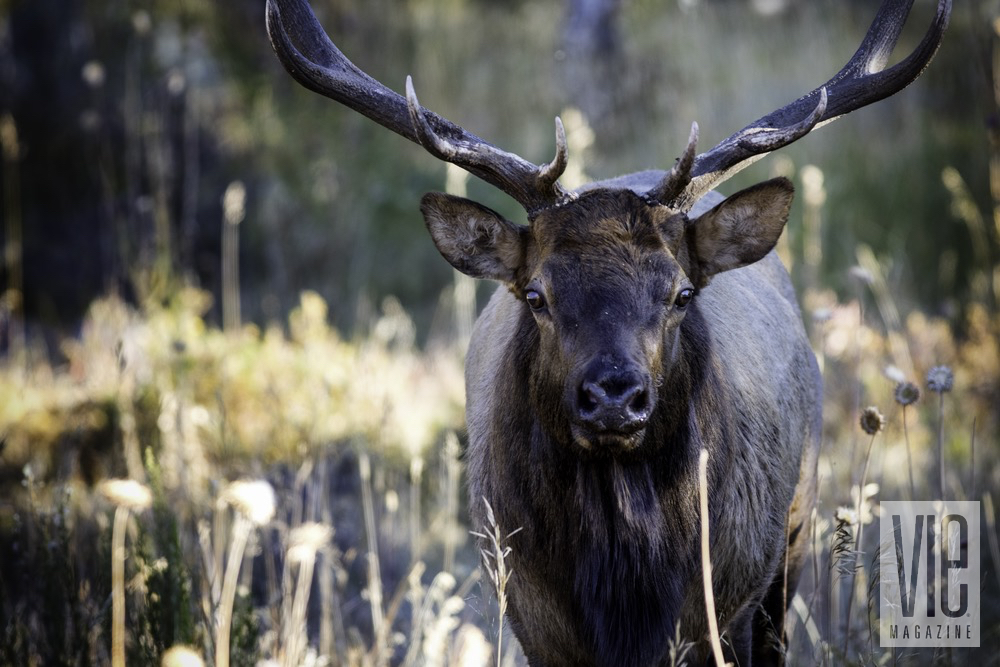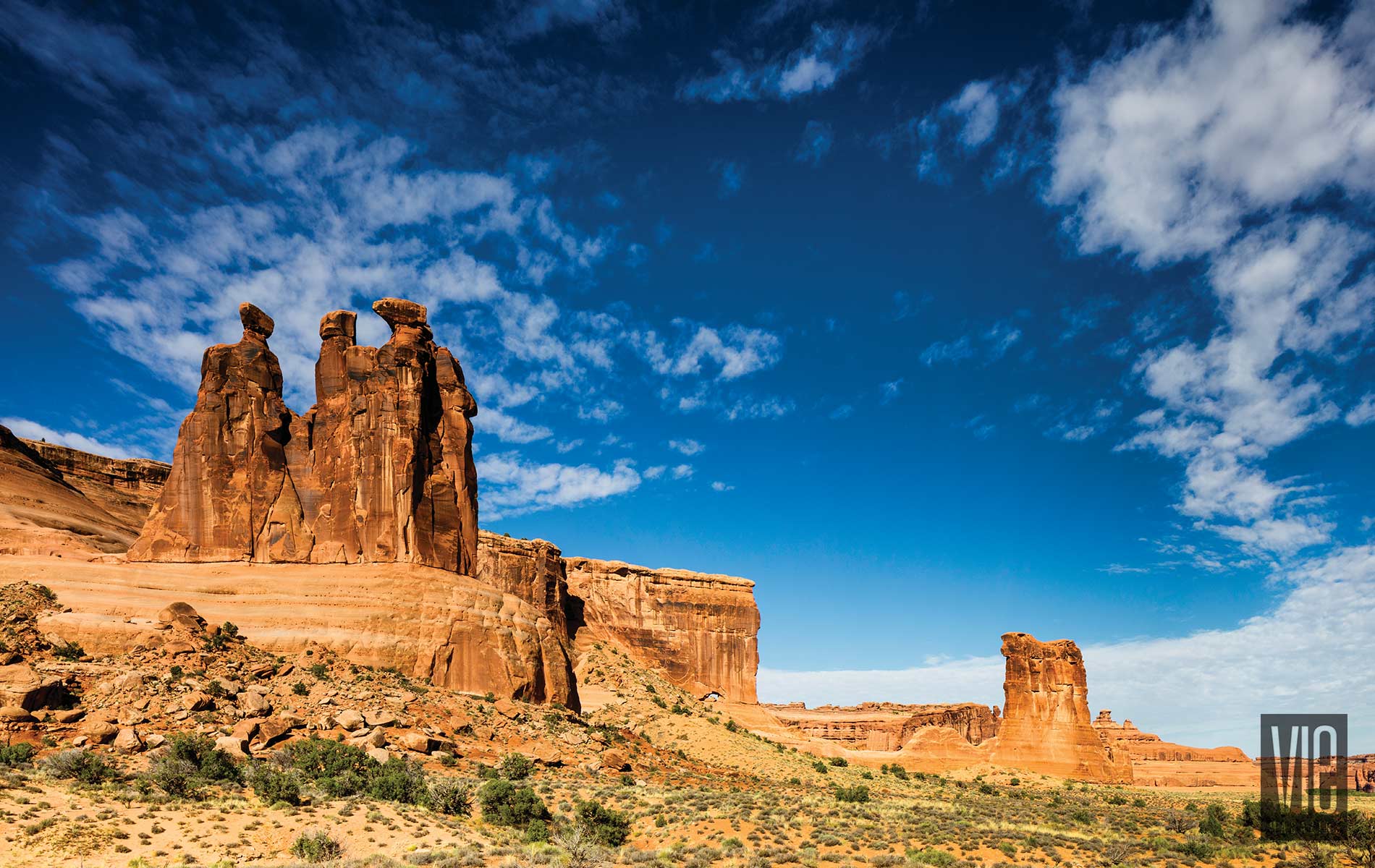
vie-magazine-national-parks-centennial-hero
Our National Treasures
Story and photography by Bill Weckel
National parks are the best idea we ever had. Absolutely American, absolutely democratic, they reflect us at our best rather than our worst.
—Wallace Stegner, writer and historian
On March 1, 1872, President Ulysses S. Grant signed into law a congressional act deeding more than two million acres of Wyoming Territory as “a public park or pleasuring-ground for the benefit and enjoyment of the people.” The act gave birth to America’s first national park: Yellowstone.
Forty-four years later, the Organic Act of 1916 would create the National Park Service and define its mission: “ . . . to conserve the scenery and the natural and historic objects and the wild life therein and to provide for the enjoyment of the same in such manner and by such means as will leave them unimpaired for the enjoyment of future generations.” Its annual budget was set at $8,100.
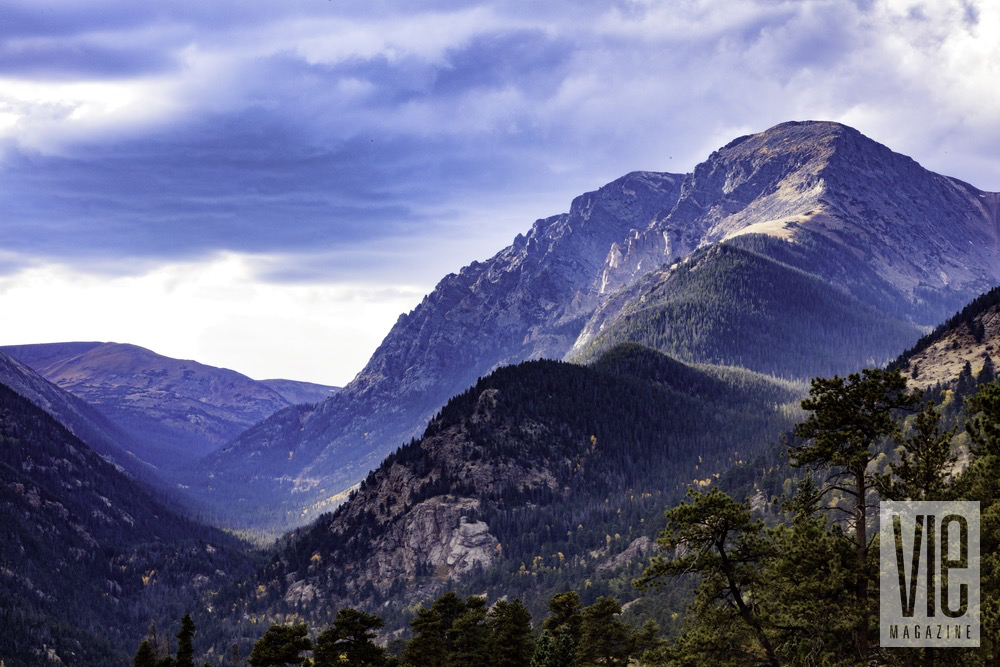
The choice of the words “conserve” and “unimpaired” must not be undervalued. They are greater than the sum of their parts and brilliant in their unambiguity.
Today, Americans enjoy fifty-nine national parks and hundreds of national monuments, battlefields, cemeteries, and protected lands—the care of each entrusted to the National Park Service.
The parks have always been popular destinations, but in recent years this popularity has soared. The tolls imposed by an overly urban and technologically dependent society seem to have spurred an insatiable desire to rediscover, return to, and reconnect (at least briefly) with the environment and the raw landscape that man has called his “home” for the past few hundred millennia. If there’s spirituality to the natural world, the national parks are surely its meccas, with more than 280 million faithful making pilgrimages each year.
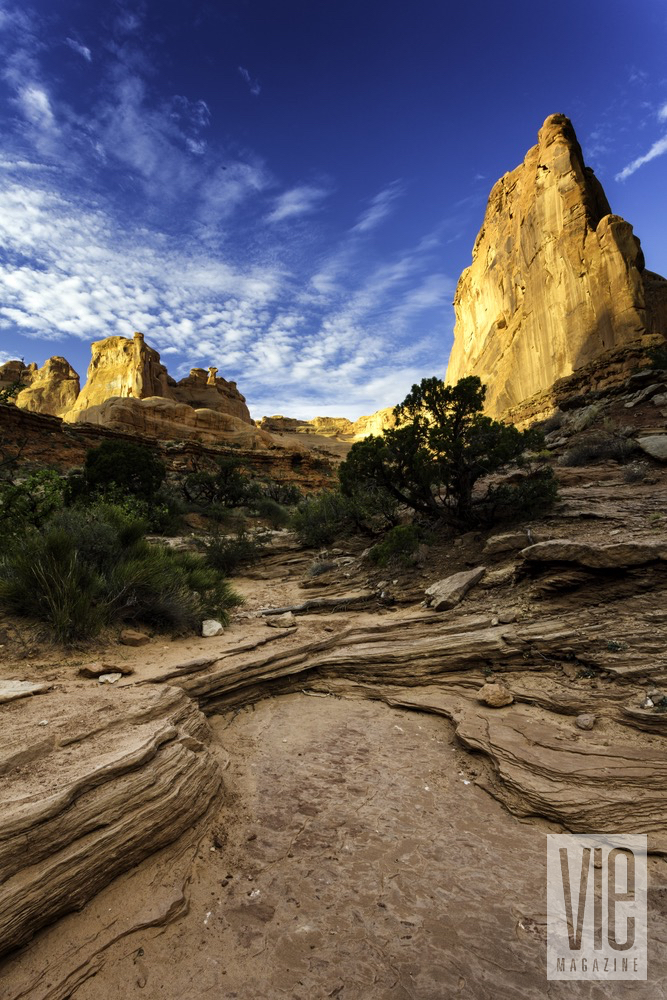
While every state offers opportunities to experience its own natural beauty, it should come as no surprise that the majority of the national parks lie west of the Mississippi. The expansive and majestic American West can still be described as largely wild and unmolested when compared to the East.
On the eve of the hundredth anniversary of the National Park Service, I, too, was called west. My journey was timed to coincide with the turning of the aspens and the fall elk rut in Rocky Mountain National Park. Flying into Denver, I made the short drive north to Estes Park, which would serve as my base camp for daily trips into the park. At high altitude, the days were warm, the nights cool, and the skies clear—ideal conditions for viewing and photographing herds of elk and hiking alpine trails. My days were spent hiking, while mornings and evenings were spent watching the elk and listening to their mating calls, known as “bugling.”
My next stop would be Moab, Utah. Moab, on the Colorado River, allowed me to kill two very big birds with one stone. It’s conveniently situated between two of the service’s most popular parks: Canyonlands and Arches. With daily high temperatures in the low 90s and visitor counts relatively low, October is a perfect time to visit these Utah parks. The red desert rock of eastern Utah offers a dramatic contrast to the aspen-covered grey granite of the Colorado Rockies.
Another great contrast is found in the wildlife. In the Rockies, life is vibrant. In the high desert of eastern Utah, it’s fossilized.
Eastern Utah is dinosaur country. It’s also one of the great sources of petroglyphs—carvings and paintings created by our prehistoric ancestors. The parks need little in the way of introduction. Arches National Park is home to more than a thousand natural rock arch formations and monuments, while Canyonlands is a seemingly endless maze of high mesas, deep canyons, and hoodoos (natural rock columns that often form into remarkable shapes).
Visiting three parks in the space of two weeks was both wonderful and frustrating. I could have spent a month in each park and still left feeling as though I didn’t have enough time to even scratch the surface of what they have to offer. Our national parks are addictive and like any true addict, I was thinking about my next “high” before loading up the Jeep for the drive back to Denver.
I’ve been to five of the seven continents and I’ve sailed nine of the world’s seas and oceans. I can honestly say that there’s no place like home. I’ve never experienced elsewhere the sheer natural beauty and preserved diversity that we enjoy in the United States. Our national parks are the showcases of this beauty and diversity—the envy of the world and our greatest national treasures.
— V —
Take part in the centennial anniversary celebration of the National Park Service by experiencing one of the fifty-nine national parks located throughout the United States and its dependencies. To learn more, visit www.nps.gov.
Share This Story!
KEEP UP WITH THE LATEST STORIES FROM VIE



